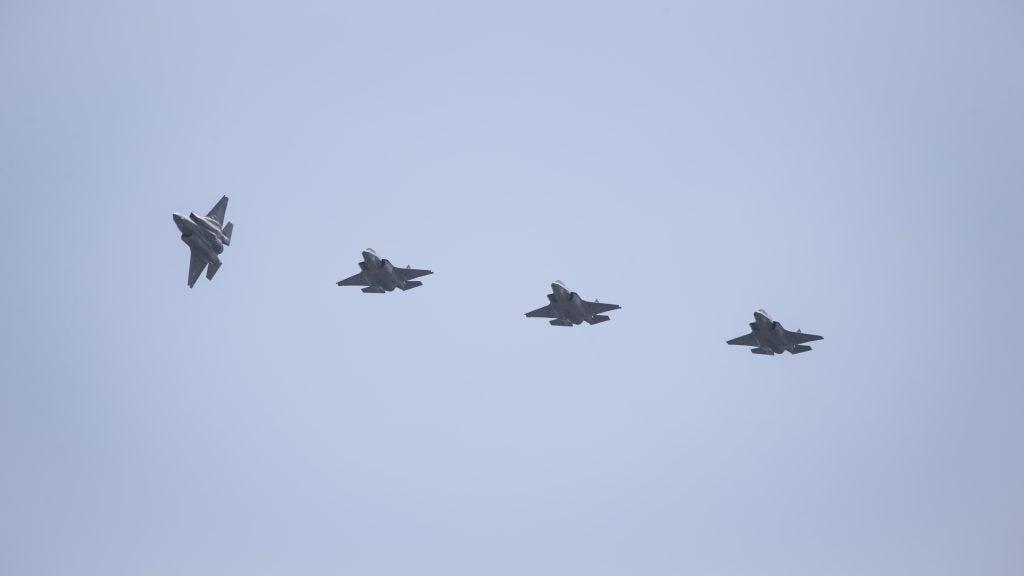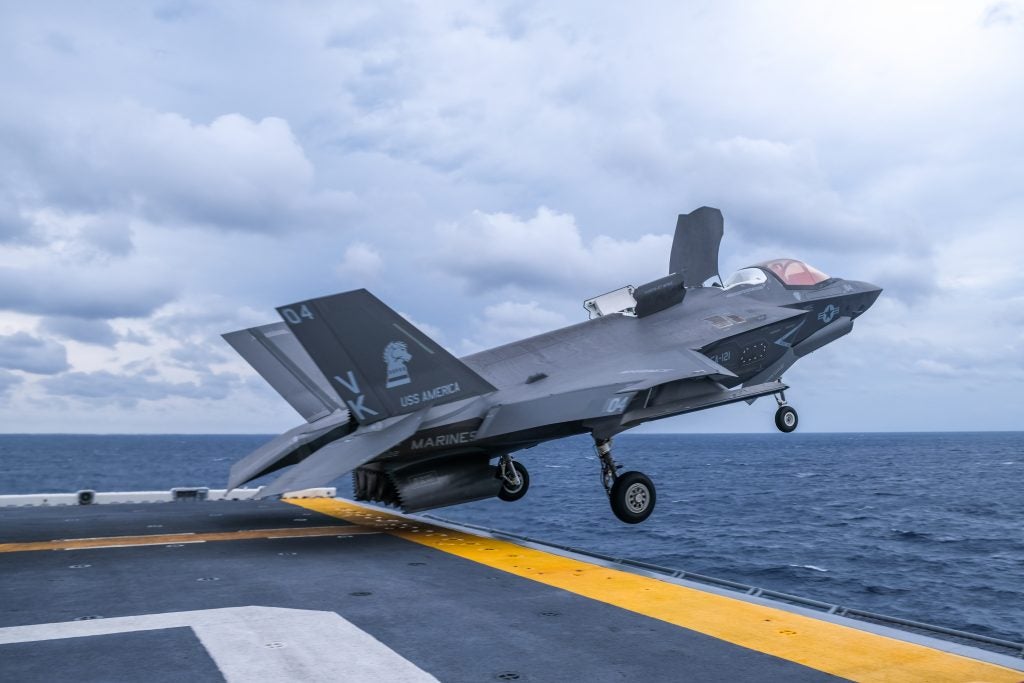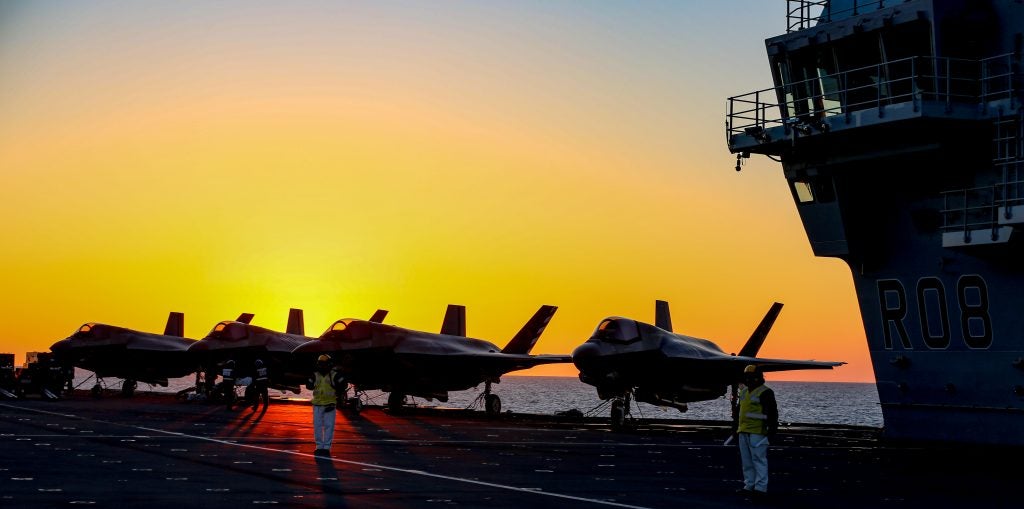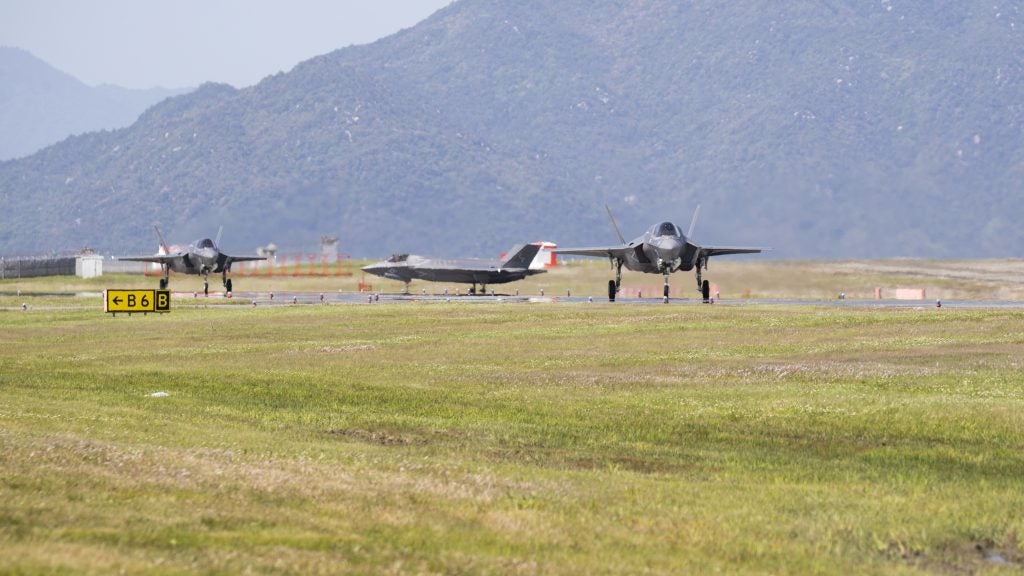The U.S. Marine Corps Establish Second F-35B Squadron in the Pacific
The U.S. Marine Corps has announced the complete transition of its second F-35B squadron out of Iwakuni, Japan. The VMFA-242 squadron named the “Bats” has declared Initial Operational Capability as the squadron’s aircraft numbered 16 F-35Bs, enough to constitute a full squadron.
The squadron is deployed out of Marine Corps Air Station Iwakuni located on the Yamaguchi prefecture in the Chūgoku region of Japan. The squadron is part of the Marine Air Group 12 alongside its sister squadron VMFA-121, both squadrons, as well as many others, are part of the 1st Marine Air Wing, which is composed of both fixed-wing and tilt-rotor aircraft such as the MV-22.
The Marine Corps plan to procure 353 F-35B and 67 F-35C aircraft over the coming years, a number which the service has said might be revised in the future as it works out its doctrine for the Indo-Pacific region. So far, USS Essex, USS America, and USS Wasp have been recertified for F-35B deck operations, USS Makin Island and USS Tripoli are next in line. The procedure for recertification involves a deck coating to withstand the exhaust heat from the F-135 engines of the F-35Bs during take-off and vertical landing.

Deploy out of Iwakuni, VMFA-121 has been the major F-35B squadron in the Indo-Pacific region. The squadron, fully equipped in 2015 has been deployed on the USS America, one of the latest class of LHAs in the U.S. Navy. There the squadron has executed various deployments on the LHA during the vessels deployments around the South China Sea and broader Pacific Ocean. Both VMFA-121 and VMFA-242 will be part of the six or so VMFA squadrons currently fielding the F-35B aircraft and a single squadron currently with F-35Cs that declared full operational capability (FOC) back on July 2021.
The F-35B: A Platform for Cooperation

The F-35B will be the second most-produced variant of the F-35 family, second only to the conventional F-35A. The list of customers includes the United Kingdom, Italy, South Korea, Japan, and Singapore. Together these nations will make up an order book of 135 F-35B aircraft, with options for more aircraft to Singapore and United Kingdom. In total, 488 F-35Bs would be operated around the world.
Due to the widespread fielding of the F-35B, many naval platforms around the world have been produced solely for the operation of this aircraft or otherwise reconfigured to support it. This includes the Royal Navy’s Queen Elizabeth class carriers, both of which were constructed from the start to support the F-35B aircraft. The United Kingdom has procured 48 F-35B aircraft with a possible option to expand this to 80 in the near future. The Italian Navy’s ITS Cavour recently underwent a lengthy upgrade to modify its deck for F-35Bs with thermal coatings, the carrier started trials off the East Coast with F-35Bs and the first Italian F-35B has landed aboard.
The Japan’s Maritime Self Defense Force’s JS Izumo and Kaga will be converted to carriers in support of F-35B handling as well. Japan plans to procure 45 Aircraft for its naval platforms. The changes on JS Kaga and Izumo will wrap up in the coming years during overhaul periods for both vessels with Kaga set to begin before the end of FY2021. The refits will likely take up to 14 months with changes to deck coatings, ships internal spaces and bow shape. 20.3 billion yen ($180 million) has been allocated for the modification of the Kaga.
South Korea meanwhile plans to build a new carrier in support of their F-35B fielding, the program dubbed CVX, will allow the Republic of Korea Navy to field a carrier capable of operating with 16 F-35Bs by 2033.

The F-35B has served as a major platform for cooperation between navies around the world. A major example is the deployment of the Marine Corps’ VMFA 211 which was embarked and integrated with the HMS Queen Elizabeth Carrier Strike Group. During a recent event at CSIS, Marine Corps Commandant General David Berger has announced that Marine Corps F-35Bs would be operating on one of JMSDF’s Izumo-class helicopter destroyers later this year. The F-35B platform has allowed the US to cooperate with allies in both the Atlantic and the Pacific in ways they haven’t done so in several decades, this opens new paths for cooperation that allow the US to strengthen core parts of alliances around the world.

